How 222nm Far UV Can Revolutionize Pest Management for Agronomists and Farmers
It is widely known that pests such as grasshoppers, spider mites, and soil insects have been affecting food agriculture crops [1]. As pests negatively impact the quality and quantity of crop yields, farmers and agronomists have been utilizing traditional chemical-based pest control methods such as synthetic pesticides and miticides to control the presence of pests around the crops [1,2]. While synthetic pesticides have been effective in reducing pests, various studies have demonstrated a myriad of negative effects on human health, including cancer [10], caused by synthetic pesticides. Health risks for humans are abundant due to the consumption of food that has been previously sprayed by such said pesticides [1,2,3]. Furthermore, pesticides have a toxic impact on the environment as they harm soil quality and the nutrient quality of crops [2,3].
Compared to traditional pest management methods that use chemicals, 222nm Far UV light is a chemical-free and non-toxic solution that can eliminate pests such as mites, fungi, and bacteria. This technology works by disrupting the DNA of these pests, preventing them from reproducing and eventually leading to their rapid demise. The 222nm UV-C wavelength is safe for humans and animals as 222nm Far UV-C light cannot penetrate human or animal skin cells. Furthermore, unlike traditional pesticides, 222nm Far UV light is eco-sustainable and eliminates the need for harmful chemicals that can damage the environment and contaminate a farmer’s crops. This technology is also mercury-free, making it a safer alternative for farmers and the environment.
Agriculturists, today, mostly all rely on standardized chemical-based Integrated Pest Management (IPM) methods [4]. Some examples of IPM include plant resistance development, pheromone control, physical barriers and traps, biological control, effective monitoring and pest control thresholds, and many other methods [4]. Recently, 222nm Far UV has been suggested by the U.S. Department of Agriculture as a sustainable method to manage pest control [9]. This is because there are published studies conducted to demonstrate the effectiveness and capabilities of Far UV for disinfecting pathogens and pests just as effectively as a chemical spray, but without the toxic residues [5].
It should be acknowledged that 222nm Far UV should be used as an effective method for IPM because it is a highly effective chemical-free technology that is efficient in disinfecting pathogens [5]. A study conducted by scientists at the University of Florida demonstrated that the use of UV light provides an effective physical control method that can be used in fields while also not relying on the use of miticides as well as not leaving any residue behind and not damaging the quality of crops [6]. Furthermore, the studies also show that Far UV light has suppressed the population of mites without negatively affecting crop production [6]. The results of the study line up with prior research conducted by the same University of Florida team regarding the use of UV-C radiation for powdery mildew control on strawberry plants. “UV treatments applied once or twice weekly were as effective as the best available fungicides applied on similar schedules for control of strawberry powdery mildew,” study author Natalia Peres, PhD said at the time. “It’s not a one-time fluke.” [5]
According to Hori et. al, when insects are exposed to UV light at 222nm, it causes mutagenic, which results in a change in the DNA of a cell [7]. This is further clarified as the UV light directly damages DNA by causing the formation of DNA lesions [7]. This negatively affects the pests as the UV-C light reduces a pests capability to navigate. Additional, UV-C negatively affects egg production and the chances of survival for the pests. This can be further explained as pests are visually sensitive to a broad spectrum of light such as UV-C light, which affects the pest’s ability to navigate and forage [7,8].
In conclusion, 222nm Far UV light has the potential to be an effective method for IPM, and it is safe for human eye and skin exposure, which makes working with 222nm Far UV a much safer work experience for facility staff, Agronomists, and Farmers. 222nm Far UV-C’s ability to eliminate pests and pathogens while being safe for humans and animals makes it a real game-changer for the agriculture industry. With this technology, farmers and agronomists can reduce their environmental impact, lower operational costs, and increase crop yields, making it a must-have sustainable solution for modern farming practices. While the studies have shown potential benefits of utilizing 222nm Far UV light, it should be noted that Far UV light technologies are still in early development and that further studies are needed to be conducted to demonstrate the effectiveness of UV light technologies.
Written by: Timothy Oon BSc MBiotech
References:
Jakuboski S. The Dangers of Pesticides. Scitable [Internet]. Available from: https://www.nature.com/scitable/blog/green-science/the_dangers_of_pesticides/
Cornelisse T, Donley N, Klein K. Agricultural Pesticides Cause Widespread Harm to Soil Health, Threaten Biodiversity. Centre for Biological Diversity [Internet] Available from: https://biologicaldiversity.org/w/news/press-releases/new-study-agricultural-pesticides-cause-widespread-harm-to-soil-health-threaten-biodiversity-2021-05-04/
Marsh J. Pros and Cons of Pesticides in Agriculture. Environment.co [Internet]. 2022 Nov. Available from: https://environment.co/pesticides-pros-and-cons/
CSIRO. Integrated pest management. Available from: https://www.csiro.au/en/research/animals/pests/integrated-pest-management
Lucas J. What Is Ultraviolet Light?. Live Science [Internet]. 2017 Sep. Available from: https://www.livescience.com/50326-what-is-ultraviolet-light.html
UF/IAS press release. Ultraviolet Light Researched as a Pest Control Technique. Pest Management Science [Internet]. 2022 Dec. Available from: https://beyondpesticides.org/dailynewsblog/2022/12/ultraviolet-light-shown-to-be-encouraging-pest-management-technique/
Hori M, Shibuya K, Sato M, Saito Y. Lethal effects of short-wavelength visible light on insects. Scientific Reports [Internet]. 2014 Dec; 4(7383). Doi: 10.1038/srep07383
Cruz MS, Lindner R. Insect Vision: Ultraviolet, Color, and LED Light. University of Georgia Department of Entomology. 2011 Nov. Available from: https://www.discoverlife.org/moth/OTHER/InsectVision_UVColorandLEDLight.pdf
Potential of far ultraviolet (UV) 222 nm light for management of strawberry fungal pathogens https://pubag.nal.usda.gov/catalog/7471565
Cancer health effects of pesticides https://www.ncbi.nlm.nih.gov/pmc/articles/PMC2231435/



